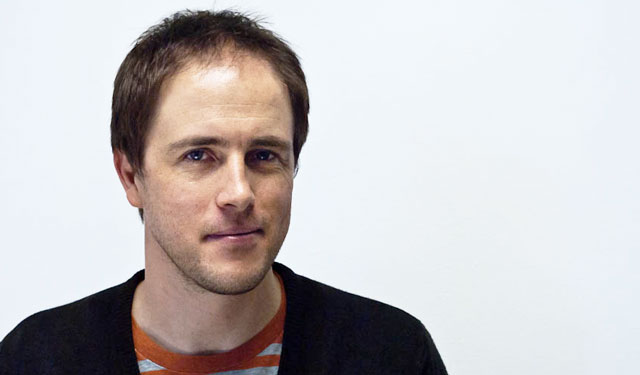
Remember five or six years ago when everyone thought they could start their own social network? Then Facebook arrived and effectively crushed everyone else in the market. There was no point anymore — it owned the market. But while the bean counters are foaming at the mouth about Facebook’s impending stock market debut, a quiet social media revolution is quickly winning tens of millions of users.
What’s the defining feature of this revolution? It must have more and better features, right? It must offer things Facebook doesn’t — or why would users bother? In fact the opposite is true. A new breed of photo-sharing communities has made a virtue of offering less, rather than more.
The two stars of this new wave are different in many ways. Pinterest is a Web-based sharing platform that allows users to construct “mood boards” by “pinning” photos that they find online. The emphasis is on self-expression, curation and aspiration — users choose photos that inspire, amuse and delight them. After a slow start, Pinterest now has more than 11m active users.
Instagram doesn’t even bother with the Web — it’s based entirely on smartphones. Realising that people now carry a camera wherever they go — embedded in their phones — Instagram’s founders decided to make taking beautiful pictures and sharing them as easy and pleasurable as possible. Despite the fact that Instagram only worked on iPhones until (literally) last week, it has attracted 27m users in less than two years.
But what unites Pinterest and Instagram is their simplicity. You can add photos, comment on them and “like” them. That’s it. No apps, no games, no location-based check-ins — in short, no clutter.
It’s no surprise that photo sharing is popular. Images are a very democratic medium — they can be easily “read” by people regardless of age, language or education. They’re also a very quick medium. Given the choice between reading the proverbial thousand words or glancing at the picture, most busy modern people would choose the latter.
But what both Pinterest and Instagram tap into is our almost universal need to create. With Instagram this is more literal: you take a photo of your surroundings and share it with the world. With Pinterest you are essentially sharing someone else’s images — but the act of choosing is a form of creativity. Pinterest users compete to construct the most beautiful mood boards, agonising over which photos to include and exclude.
So, is Facebook doomed to be overtaken and defeated by these upstarts? Doubtful. Both Pinterest and Instagram are proof that social media is broadening and diversifying. The first wave of any new medium tends to be monolithic and broad. The first TV channels did it all and had huge audiences. Now we have thousands of channels catering to every possible taste and quirk. The same trend is playing out in social media — only much more rapidly.
What’s easy to miss here is that Pinterest, Instagram and Facebook all do different things with different kinds of photos. Facebook excels at the kind of personal snapshots you want to keep relatively private: baby’s first steps, our wedding, granny’s 70th. Instagram is all about sharing single images — about finding and magnifying the beauty in your everyday surroundings. Pinterest is about finding pieces of beauty on the Web and gathering them into themes that are meaningful for you: my dream home, movies I love, dresses for my upcoming matric dance. If Facebook is about memories, then Instagram is about expression and Pinterest about aspiration.
The really scary thing here is that this is still just the beginning — the second wave of many. As social media continues to refine its mechanisms and burrow ever deeper into ourselves and our societies, we can only be sure of one thing — it’s here to stay.
- Alistair Fairweather is digital platforms manager at the Mail & Guardian
- Visit the Mail & Guardian Online, the smart news source




